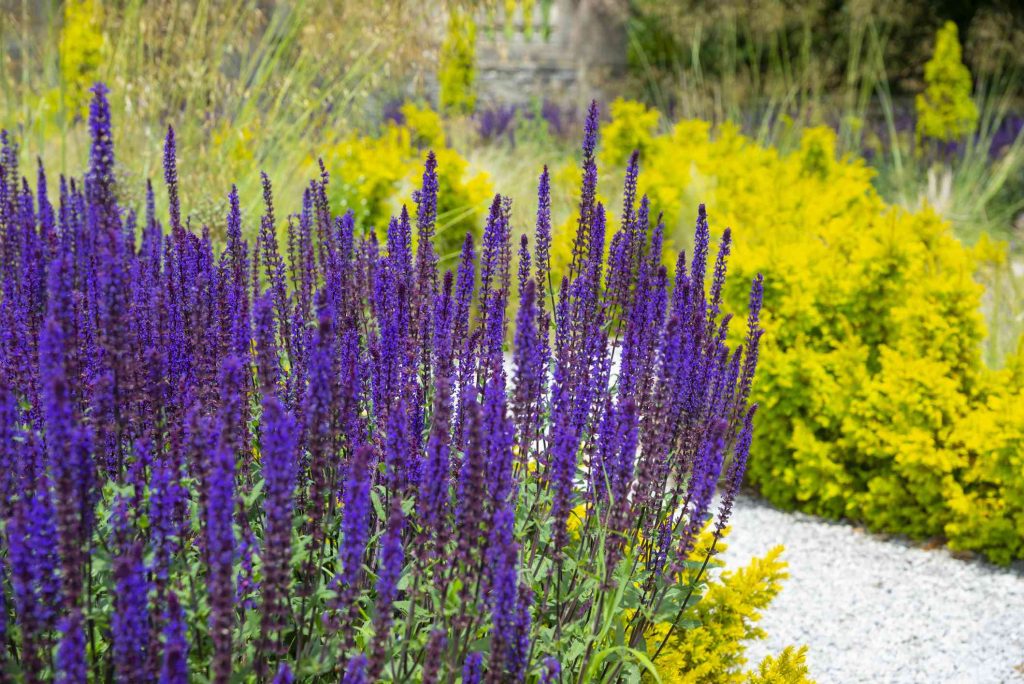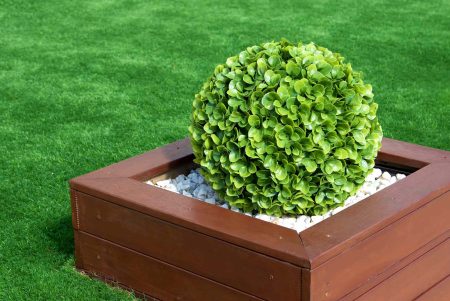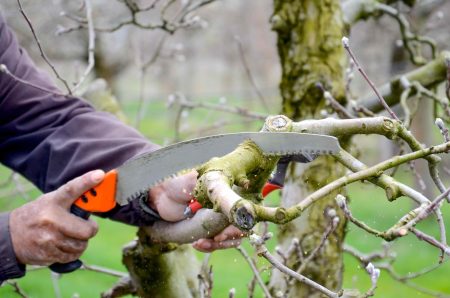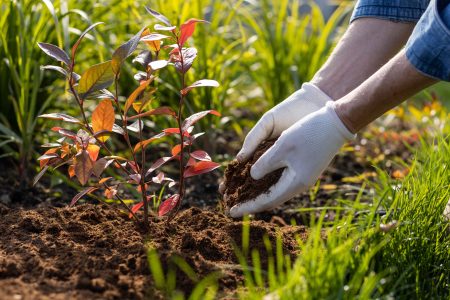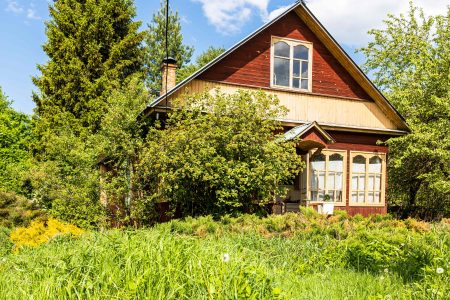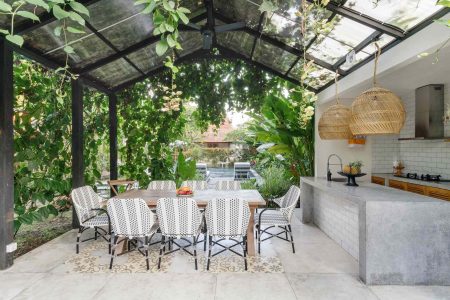Salvias are landscape staples for a reason—their nectar-rich flowers attract pollinators, they blossom for a long time, are resistant to deer and rabbit grazing, and have good drought resistance. Salvias are the largest genus of plants in the mint family (Lamiaceae) with both annuals and perennials, including culinary sage. The plants grow in a wide range of USDA hardiness zones and come in various sizes and flower colors.
Follow these tips for the best ways to incorporate different types of salvia into your landscape.
How to Use Salvia in Landscaping
There is no reason to confine salvia to only one spot in your yard. Because salvias offers so much diversity, you can use them in multiple ways, including:
As Ground Cover
Low- to medium-tall salvia types (1-2 feet in height) that grow horizontally make good ground covers. The growth rate and spread depends on the species, and ranges from 12 inches to four feet or more. If you want to quickly fill a space, be sure to select a fast-growing variety such as lyreleaf sage.
Want more gardening tips? Sign up for our free gardening newsletter for our best growing tips, troubleshooting hacks, and more!
For Privacy Screening
Some shrub-type salvias such as Mexican bush sage (Salvia leucantha) and bog sage (Salvia uliginosa) grow five feet or taller and just as wide, making them an excellent choice for a privacy hedge.
For Height Variability
With numerous salvias to choose from, it is easy to mix and match varieties of different heights. Keep sun exposure and the movement of the sun during the day in mind when planting so taller varieties don’t cast shade surrounding plants.
For Borders
All types of salvia are suitable for borders. Group salvia with other plants that have similar light requirements and low water needs and plant shorter salvias in the front and taller varieties in the back of the border.
To Attract Wildlife
The tubular flowers of salvias are not only rich in nectar, but their shape also makes them one of the best sources of nectar for hummingbirds. The flowers attract other pollinators as well, including honeybees, bumblebees, and other native bees and butterflies. The seeds serve as food for house finches, American goldfinches, and other birds.
For Water-Conscious Gardening
Generally, salvia plants are drought-tolerant once they are established, which makes them a favorite for xeriscape gardens. Selecting varieties that are native to dry, arid climates, such as desert sage (Salvia dorrii), mealy sage (Salvia farinacea), or hummingbird sage increases their chance of surviving hot, dry conditions.
In extended dry conditions, salvia should be watered slowly but deeply and thoroughly.
Types of Salvia
There are so many different types of salvia, and all of them offer different benefits. Below are just a few common types to consider planting.
Red Salvia
Native to Brazil, red salvia (Salvia splendens) is a perennial in USDA Zones 10-11 and grown as an annual everywhere else, blooming from summer into fall.
The plant got its name from the scarlet-red flowers but there are also varieties that bloom white, salmon, pink, purple, lavender, burgundy, or orange. Its flowers form a striking accent as bedding plants in groupings, as edging plants lined up in a row, or as singular plants used as a vertical accent in a container.
Red salvia grows 1-2 feet tall and 9-18 inches wide. Plant it in soil rich in organic matter. Unlike other salvias, is does best in consistently moist soil, but must be well-drained.
Blue Salvia
Blue salvia (Salvia azurea), also known as pitcher sage, is a hardy perennial sage in USDA Zones 4-9 and native to the south and central United States. Its vibrant blue flowers from mid-summer to fall attract bees and butterflies.
With 4-5 feet in height and 2-4 feet in width, it is one of the taller sages. It grows in sandy or rocky soil. Moist, well-drained soil is preferable though the plant withstands occasional dry spells.
Meadow Sage
Also known as May night salvia (Salvia x sylvestris), this is a hardy hybrid sage (USDA Zones 4-8) with purple-blue flowers in summer. It is fast-growing with an upright growth habit, reaching 1.5-2 feet in height and 1-1.5 feet in width when mature.
Excellent soil drainage, preferably with some sand mixed in, is key. Meadow sage tolerates hot and dry weather and is considered drought-resistant but the flowers are the most vibrant in cooler weather.
Creeping Sage
Native to California, creeping sage (Salvia sonomensis) is less commonly found at nurseries than other sages but worth considering if you are looking for a highly drought-resistant, mat-forming groundcover sage.
Creeping sage has blue-purple flowers from May to June, rising in 6-inch spikes above the evergreen foliage. It has a flat growth habit of less than 12 inches, but one plant can spread up to 10 to 15 feet. Like other sages, its flowers attract bees and hummingbirds, and it is deer-resistant.
What sets creeping sage apart is that it does best in light or partial shade, such as under shrubs. It grows in sandy, loamy, or clay soil that must be well-drained. The plant does not tolerate regular summer watering.
Read the full article here



